Artificial Intelligence (AI) has surpassed individual systems executing narrow tasks. A new generation of Agentic AI is on the rise where several intelligent agents collaborate towards sophisticated objectives. These multi-agent autonomous systems transform the landscape of how machines communicate, learn, and develop solutions in a distributed and dynamic fashion.
What Is Agentic AI?
The phrase was coined to describe complex systems consisting of many agent systems interacting with each other, the environment, and humans to perform tasks. It is different from traditional AI, and that mostly will focus on a single application; agentic AI involves the cooperating, negotiating, and dynamically deciding amongst several intelligent entities.
These agents can set a carry out long-term objectives, communication with one another in formal/informal, break down tasks into smaller, more manageable ones and adjust their tactics in response to feedback or shifting circumstances.
Notable Examples of Multi-Agent Systems
Let us see some important advancements that reflect the potential of this paradigm:
1. AutoGPT (OpenAI and Community)
AutoGPT is a research-level of open-source program on top GPT-4 that is able to carry out tasks on its own by creating and managing an array of GPT agents. For example, if provided with a target such as "Make a business plan for a new company," AutoGPT can:
• Do research on the market
• Analyse the competitors
• Write content
• Work in cooperation with other GPT agents specialising in writing, marketing, or finance
This coordination replicates the form of human teams—one of the main principles of agentic AI.
2. CICERO (Meta AI)
Meta's CICERO grabbed headlines for being the first computer to play the strategy board game Diplomacy at a human level. As opposed to games that are solely numbers or moves, Diplomacy involves negotiation, forming alliances, and strategy—all in natural language.
CICERO combined strategic planning with natural language processing to interface with human players and other agents, demonstrating the vast potential of agent cooperation in social intelligence-requiring environments.
Why Is Multi-Agent AI a Big Deal?
The following are some reasons why the emergence of multi-agent systems is significant:
•Scalability: Problems too big or complicated for one AI can be divided and handled by many specialized agents.
•Resilience: Multi-agent systems can still operate even when some of the agents break down, thus being more robust.
•Parallelization: Various agents can work in parallel, accelerating problem-solving.
• Emergent Behaviour: Collective interaction amongst agents may bring forth unexpected yet positive behaviours—such as innovation or new solutions.
Challenges Ahead
Despite the promise, multi-agent AI faces several hurdles:
• Coordination Complexity: Making sure agents agree on goals and don't conflict isn't easy.
• Communication Bottlenecks: As agents grow, handling information exchange is essential.
• Ethical Concerns: Autonomously operating systems must be transparent, controllable, and aligned with human values.
The Future of Agentic AI
Where AI systems are not just tools, but collaborative co-workers capable of reasoning, planning, and coordinating just like humans. Whether its business automation, scientific discovery, or digital assistants managing our lives, agentic AI is poised to be the next leap in artificial intelligence.
As frameworks like Auto GPT and CICERO continue to evolve, we’ll likely see even more sophisticated applications from autonomous research teams to decentralized AI organizations making real-world decisions.
Conclusion
Agentic AI is not just a buzzword it's a
road map for the future of smart, cooperative systems. By tapping the strength
of many interacting agents, we're realizing new potential for automation,
innovation, and intelligence. The road ahead is just starting and the potential
is endless.
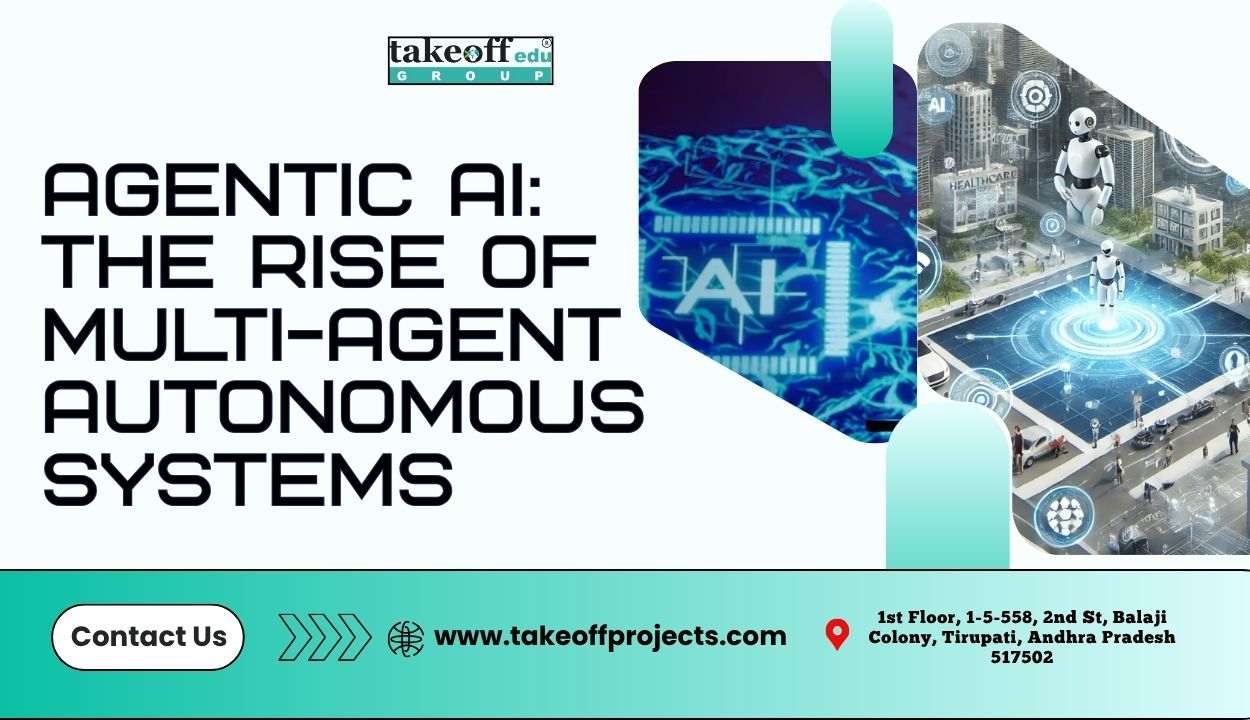
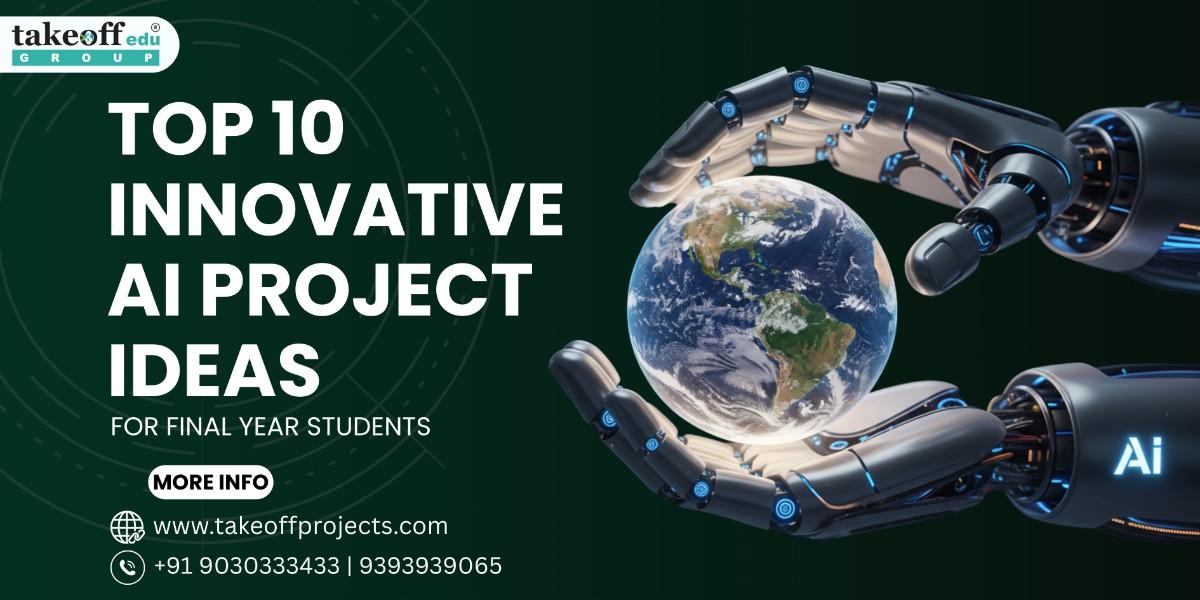 Top 10 Innovative AI Project Ideas for Final Year Students
Top 10 Innovative AI Project Ideas for Final Year Students 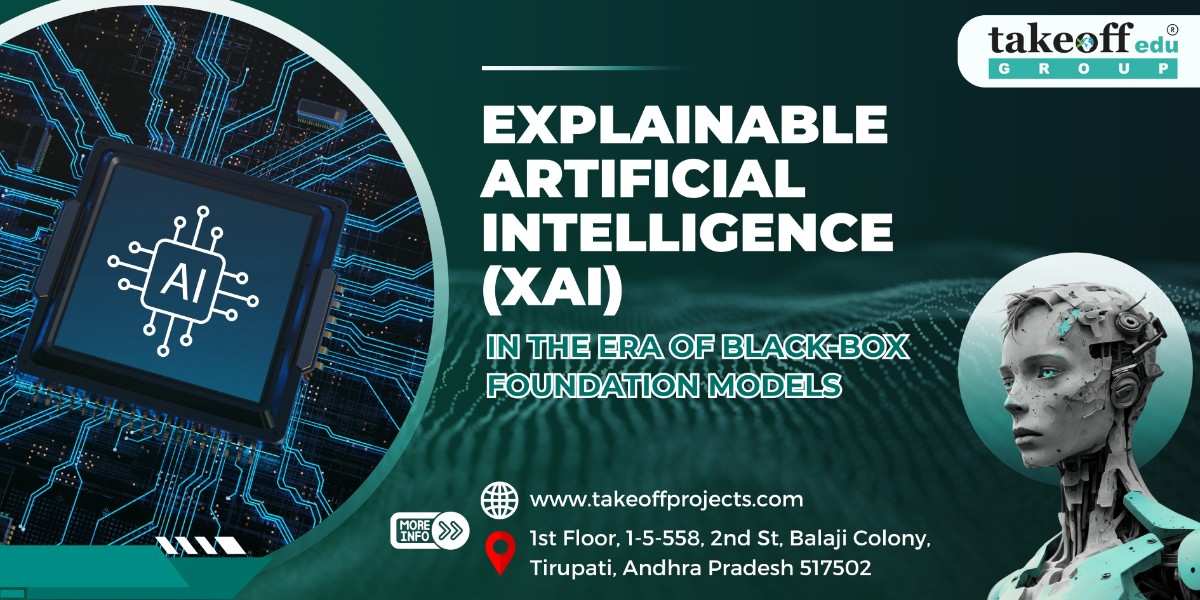 Explainable Artificial Intelligence (XAI) in the Era of Black Box Foundation Models
Explainable Artificial Intelligence (XAI) in the Era of Black Box Foundation Models 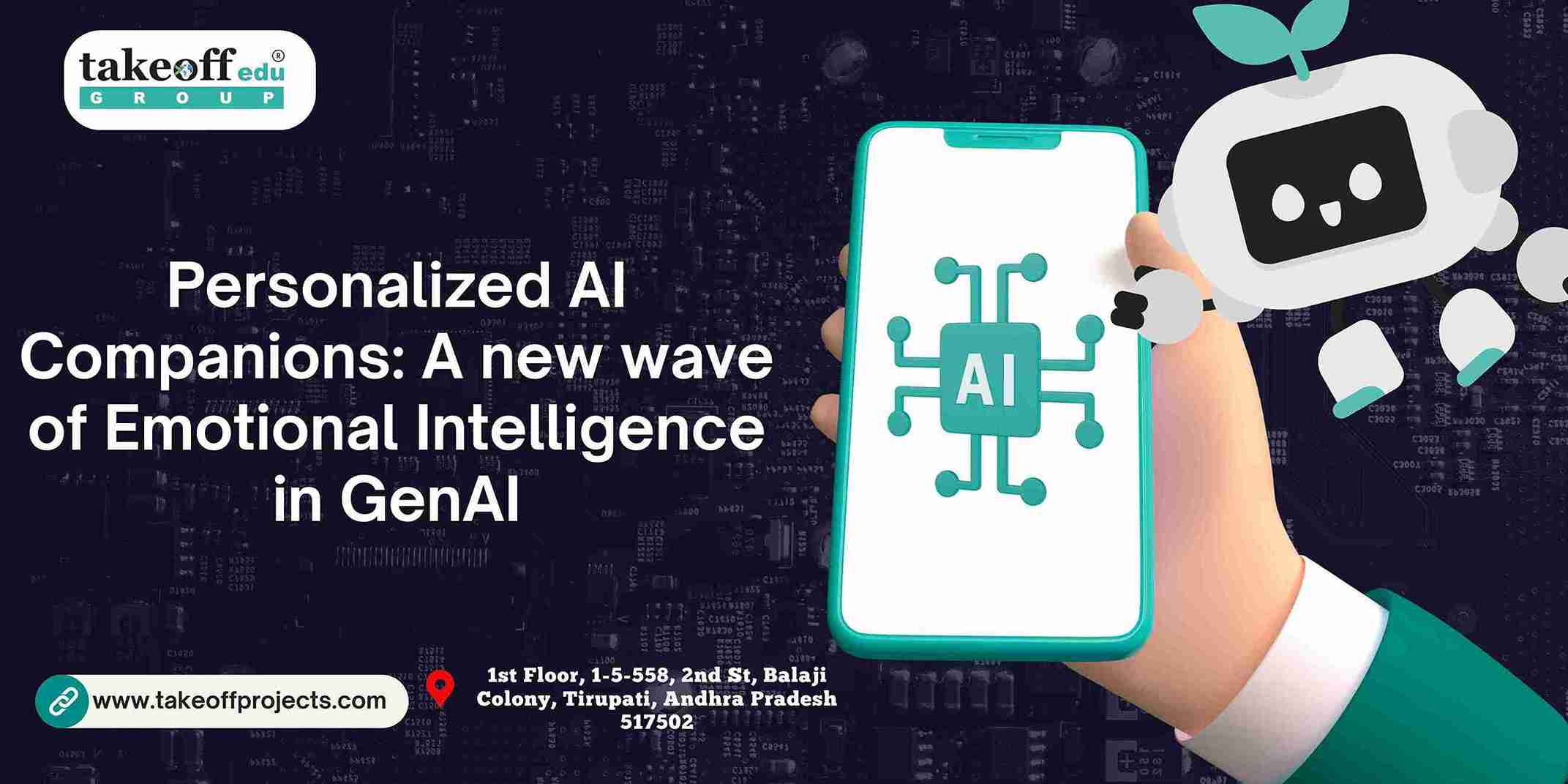 Personalized AI Companions: A new wave of Emotional Intelligence in GenAI
Personalized AI Companions: A new wave of Emotional Intelligence in GenAI 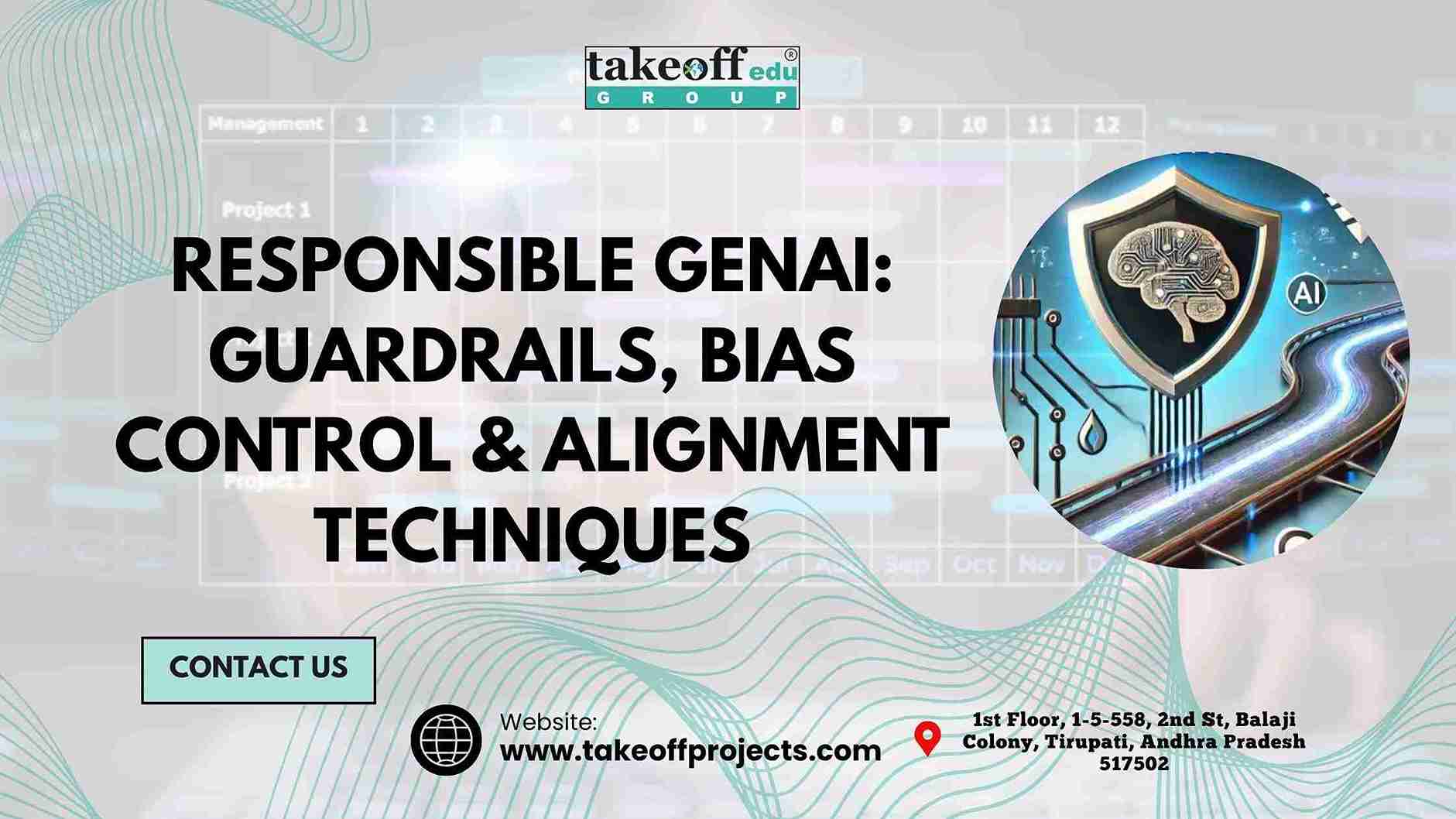 Responsible GenAI: Guardrails, Bias Control, and Alignment Techniques
Responsible GenAI: Guardrails, Bias Control, and Alignment Techniques 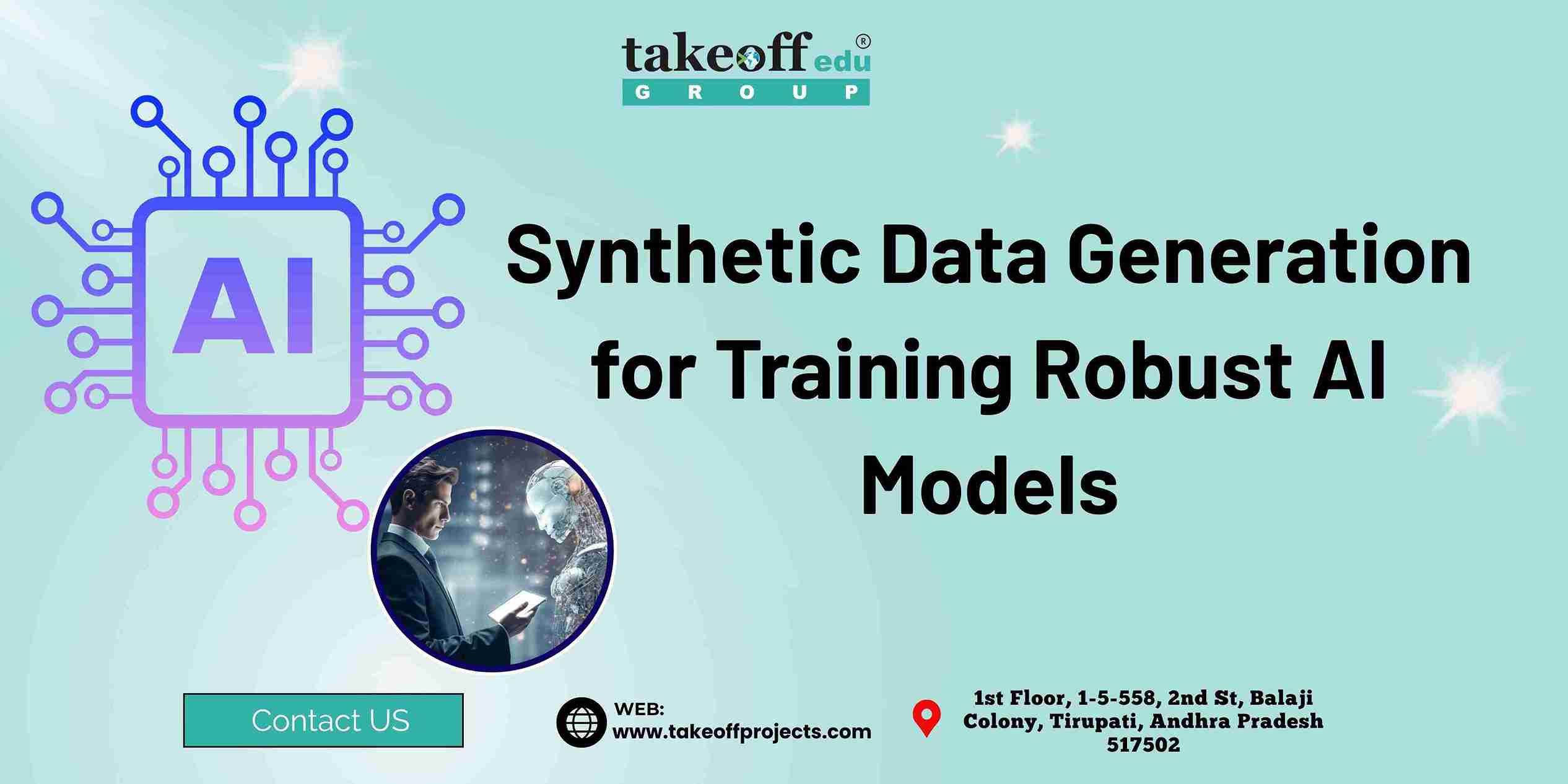 Synthetic Data Generation for Training Robust AI Models
Synthetic Data Generation for Training Robust AI Models 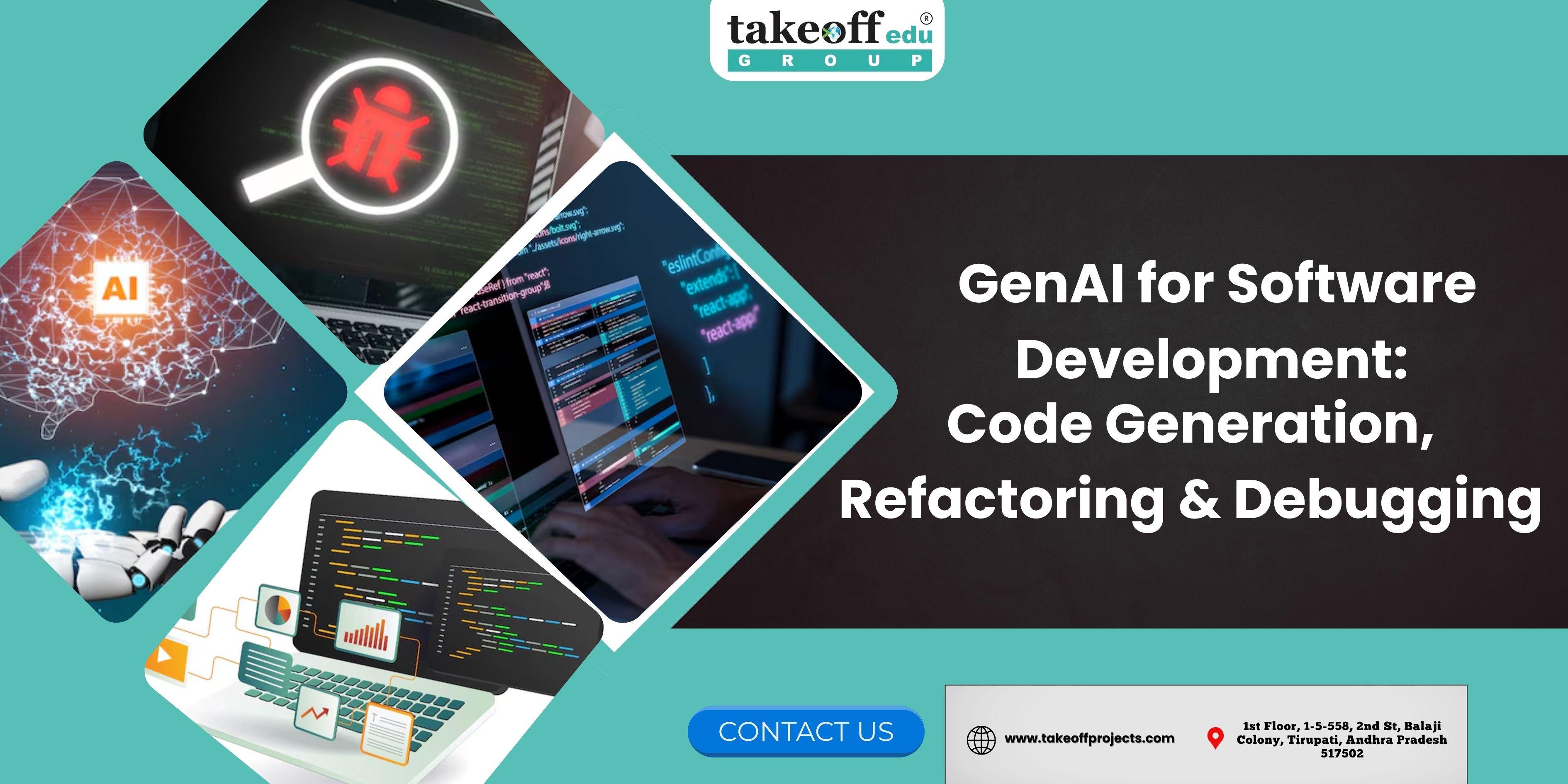 GenAI for Software Development: Code Generation, Refactoring & Debugging
GenAI for Software Development: Code Generation, Refactoring & Debugging  Machine Learning Projects
Machine Learning Projects  Fine-Tuning Llama 4 A Guide With Demo Project
Fine-Tuning Llama 4 A Guide With Demo Project 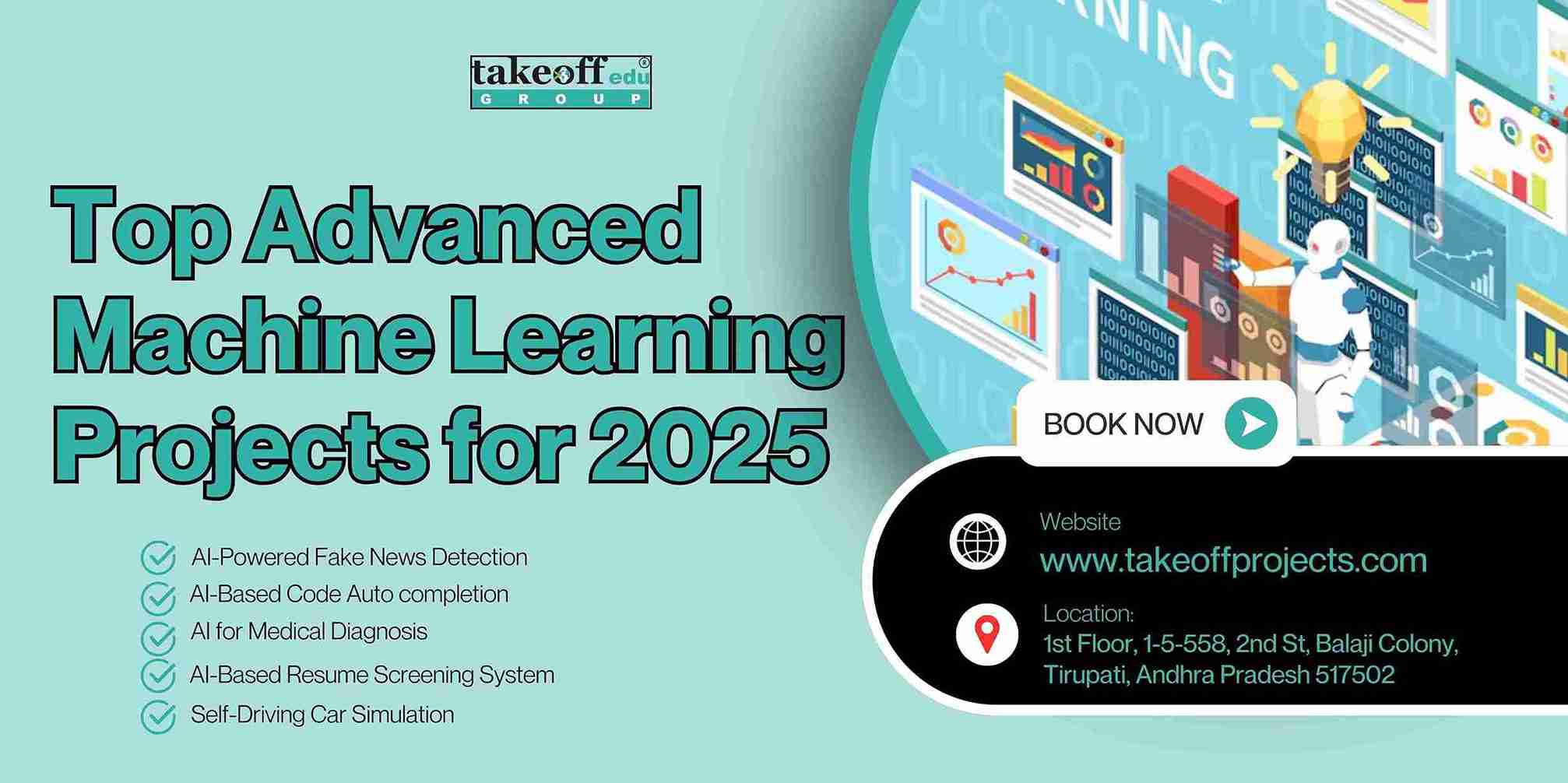 Top Advanced Machine Learning Projects for 2025
Top Advanced Machine Learning Projects for 2025  Machine Learning Projects for Final Year Students
Machine Learning Projects for Final Year Students 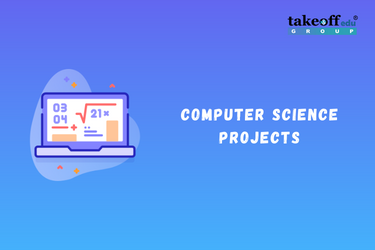 Computer Science Projects
Computer Science Projects  ML Projects for Final Year
ML Projects for Final Year  Project Ideas for BTech CSE
Project Ideas for BTech CSE  Mini Projects for Computer Science
Mini Projects for Computer Science  Major Project for CSE
Major Project for CSE  IEEE Projects for CSE
IEEE Projects for CSE  Latest CSE Projects Ideas & Topics for Engineering Students
Latest CSE Projects Ideas & Topics for Engineering Students 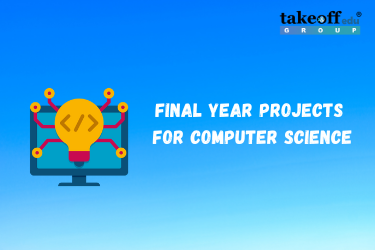 List of Final Year Projects for Computer Science 2022
List of Final Year Projects for Computer Science 2022 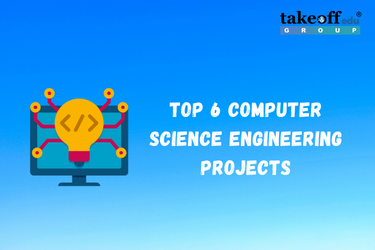 Top 6 Computer Science Engineering Projects
Top 6 Computer Science Engineering Projects 
 Paper Publishing
Paper Publishing


